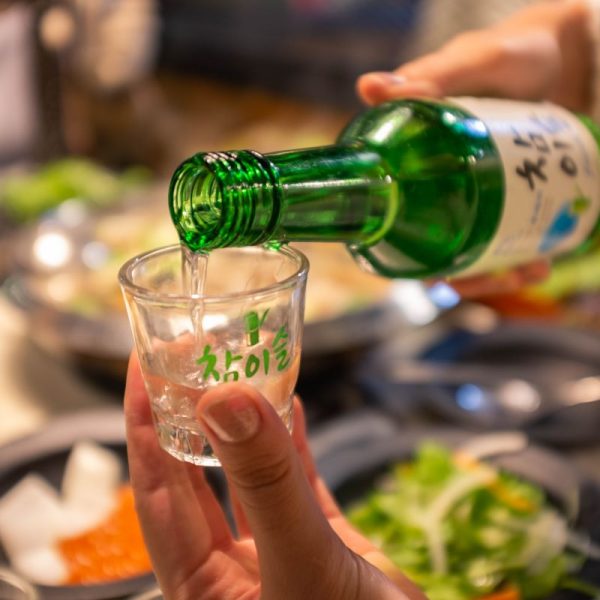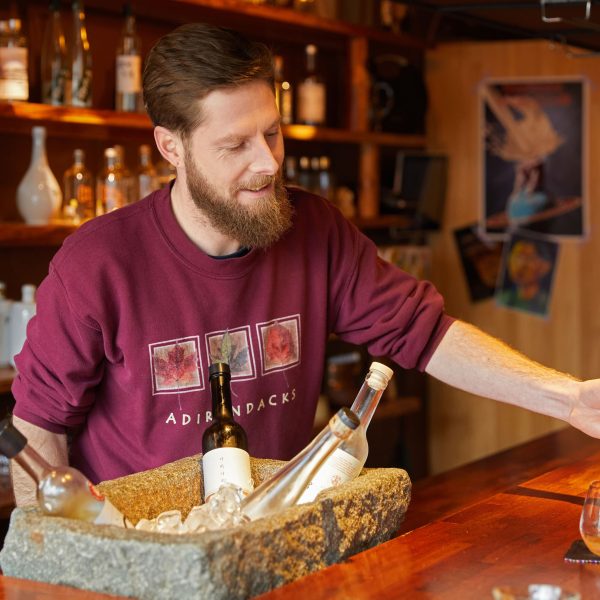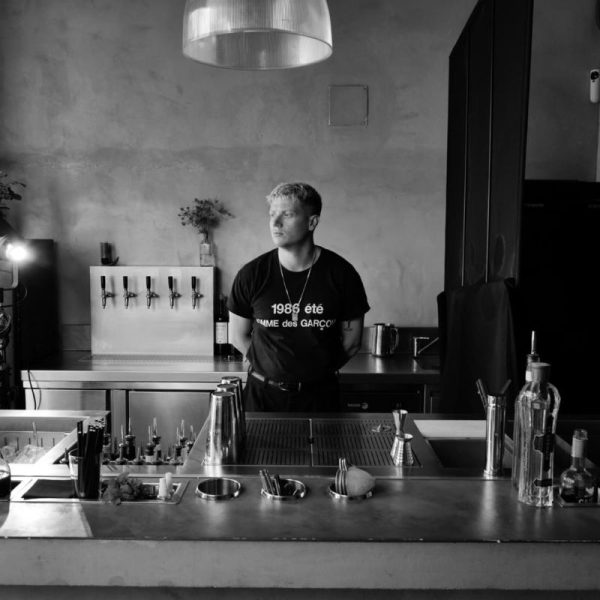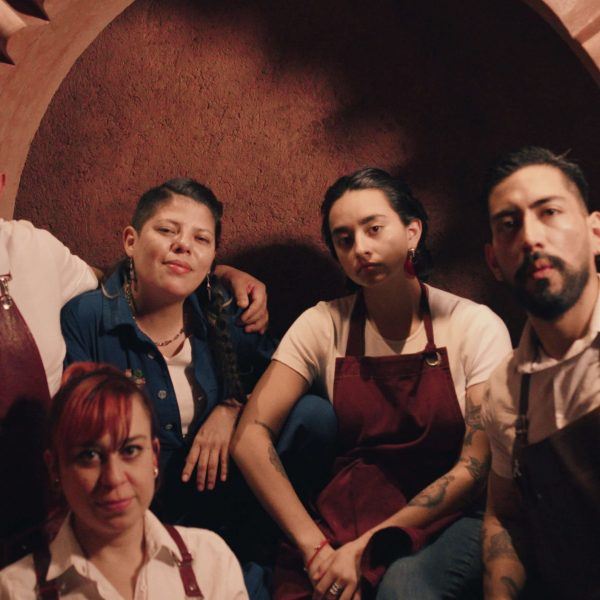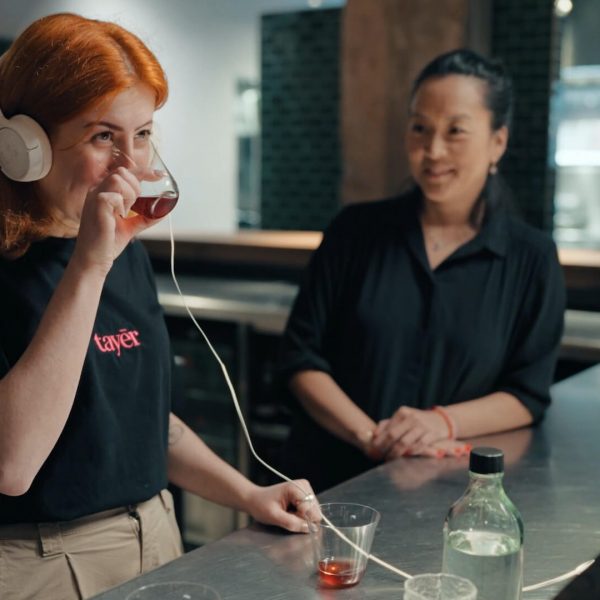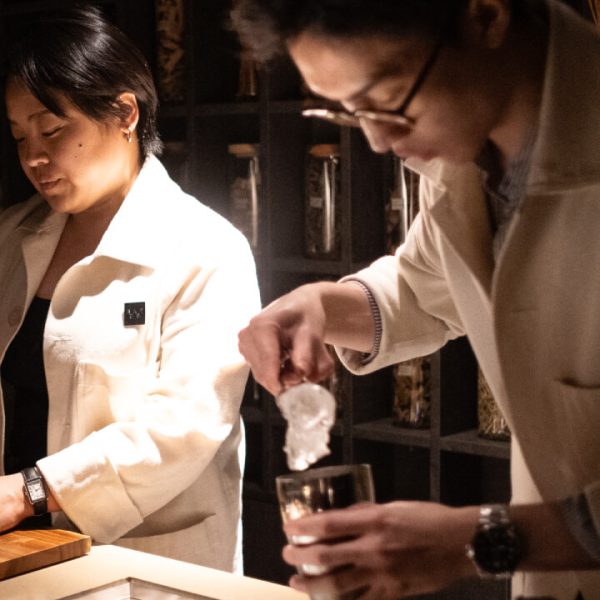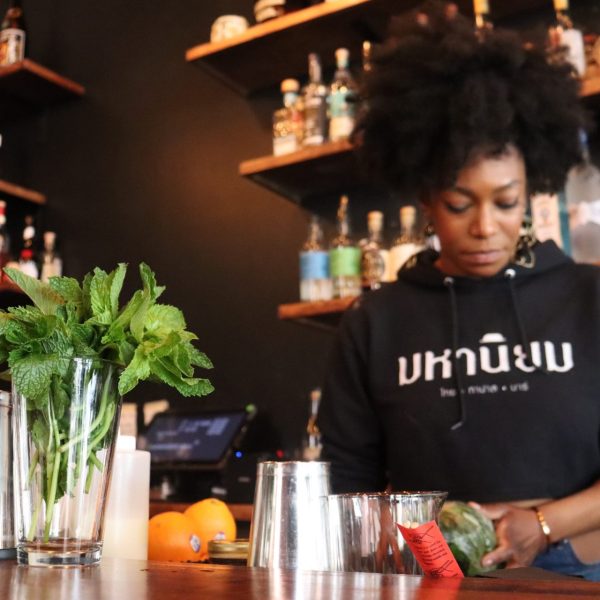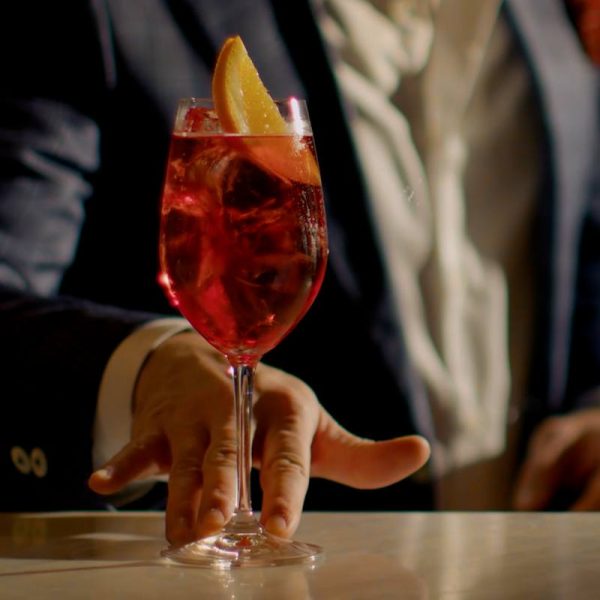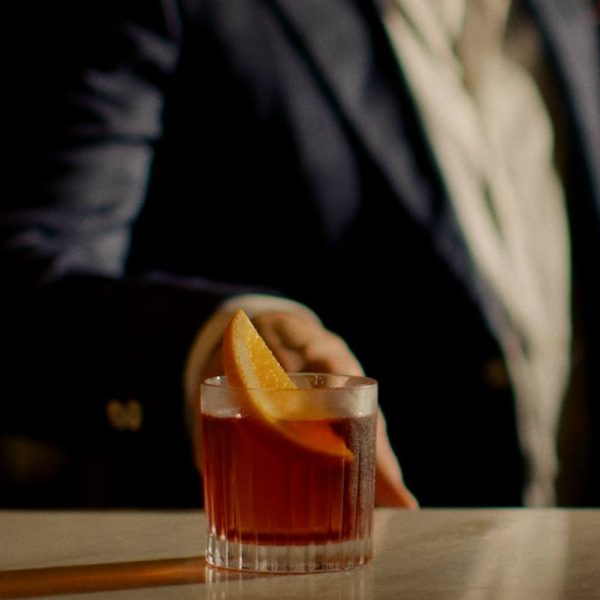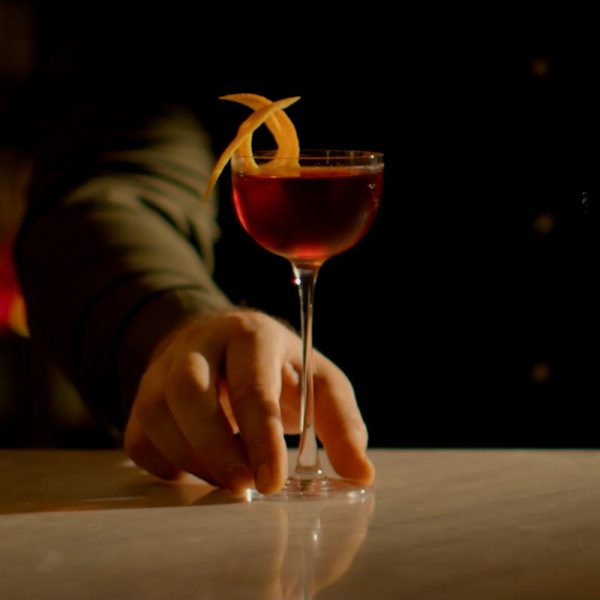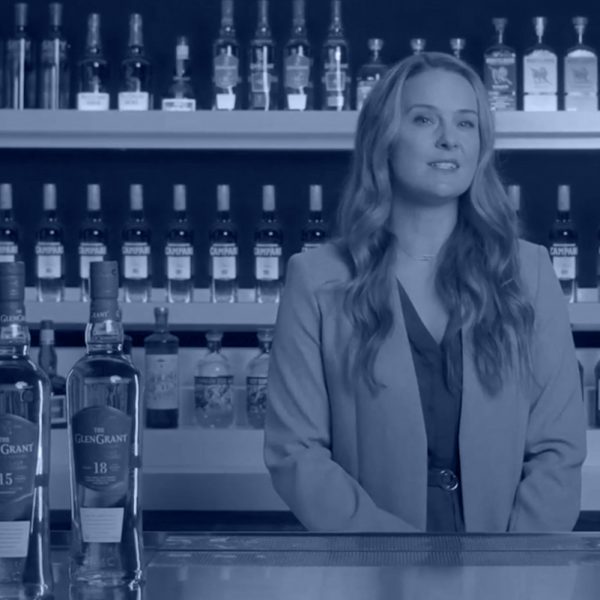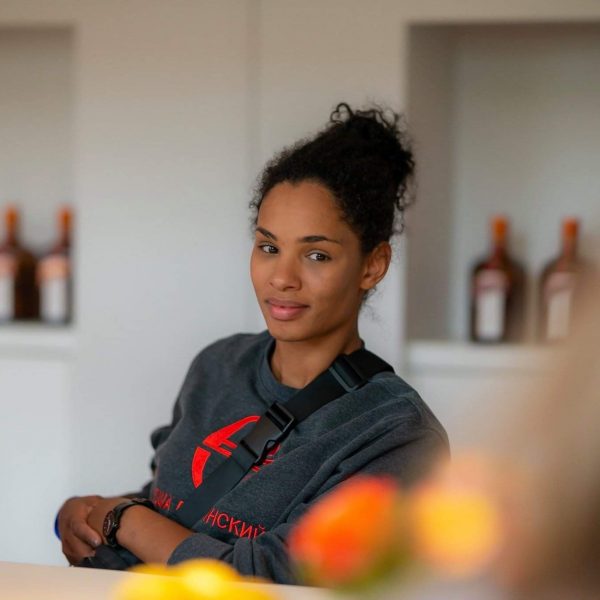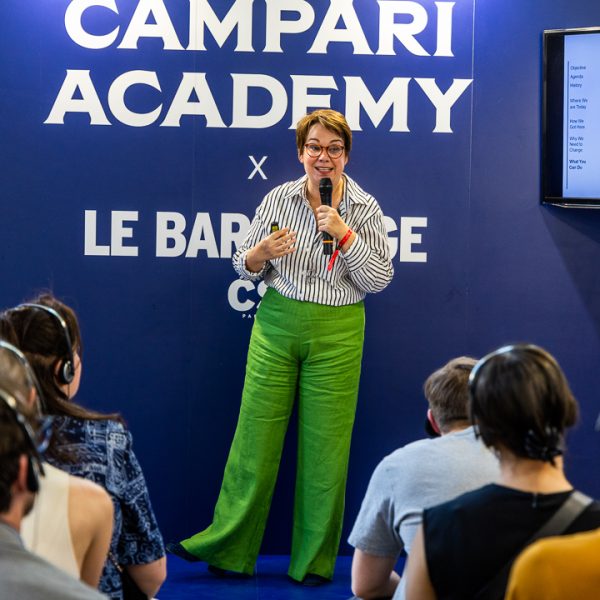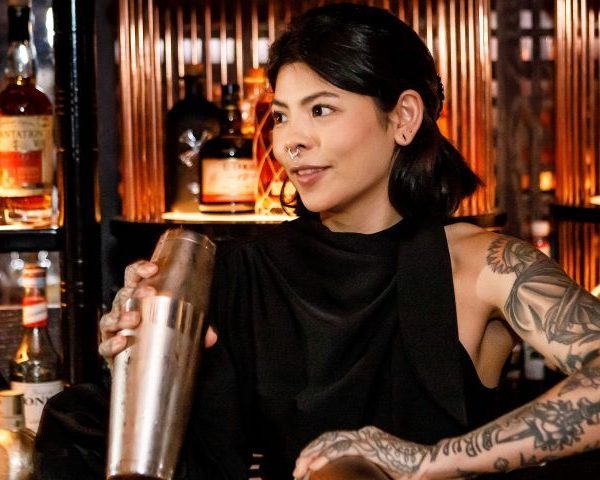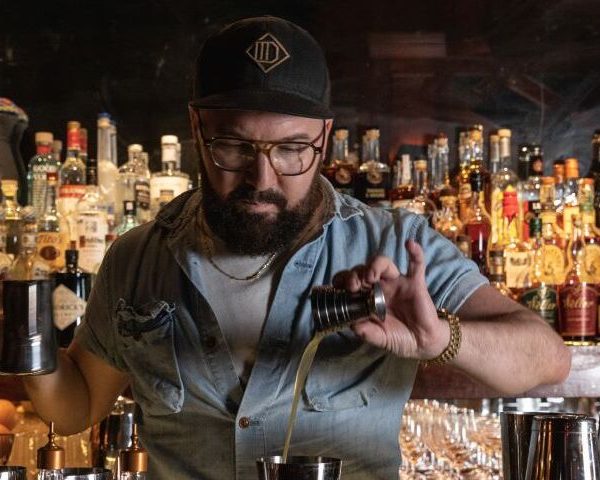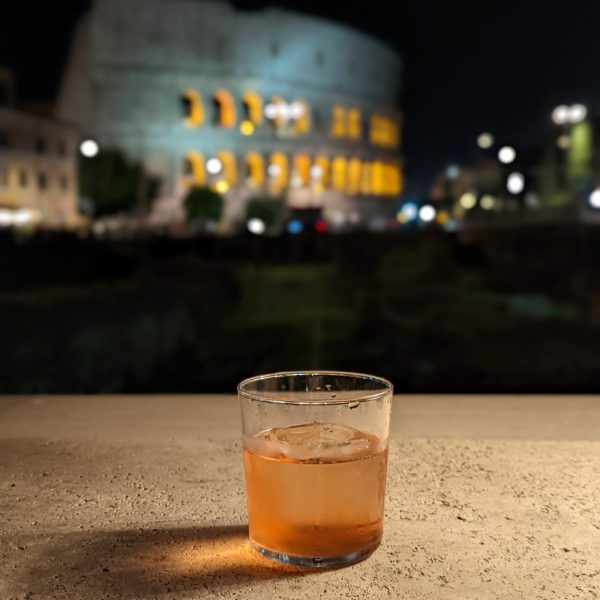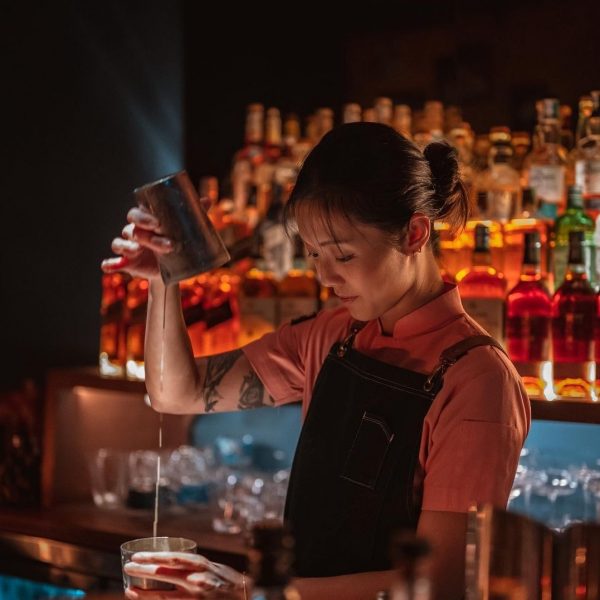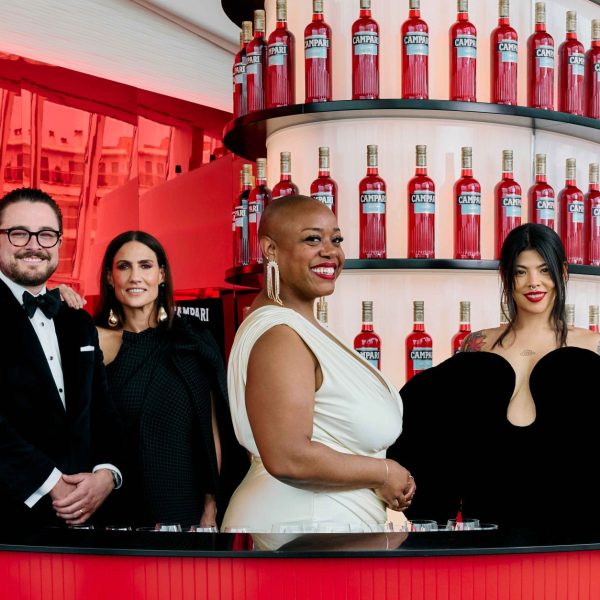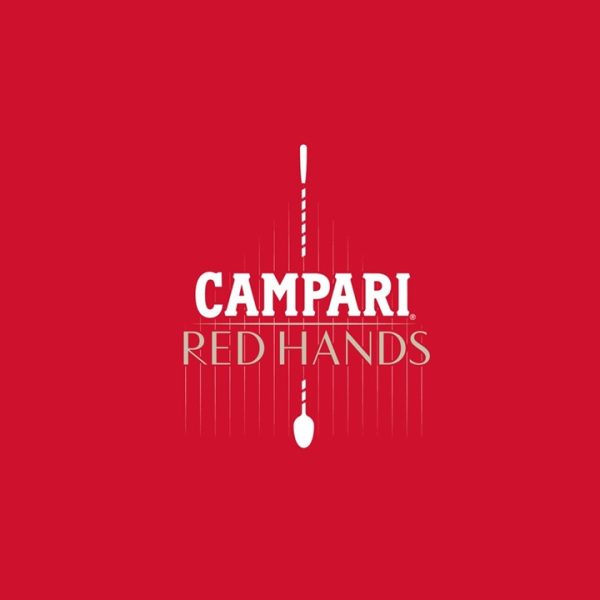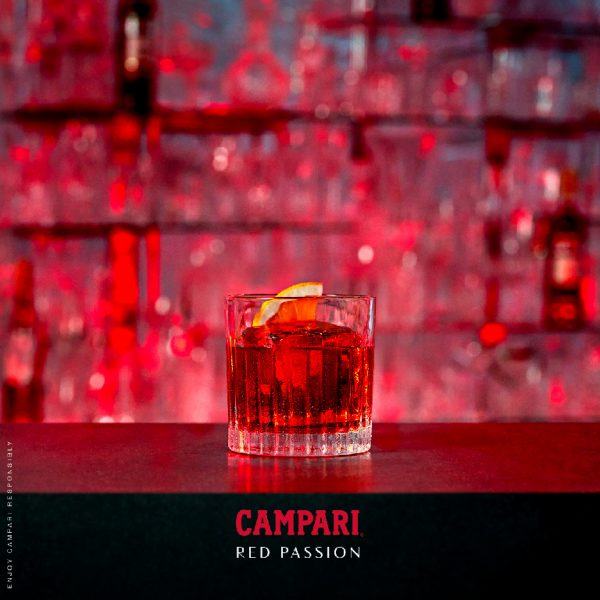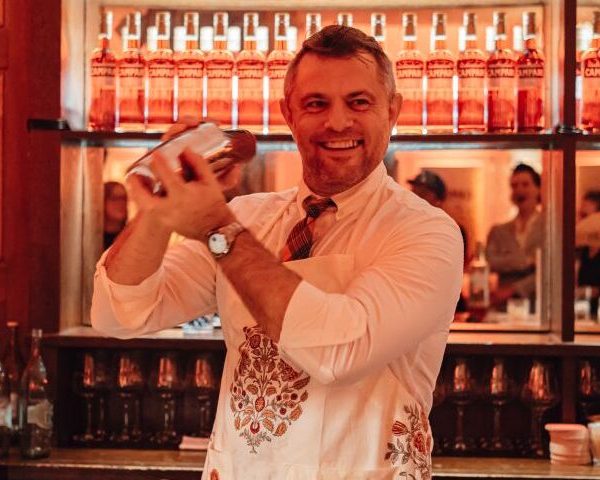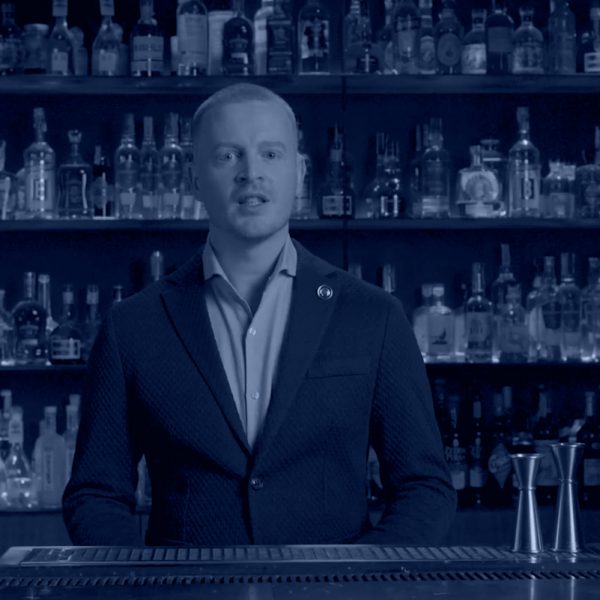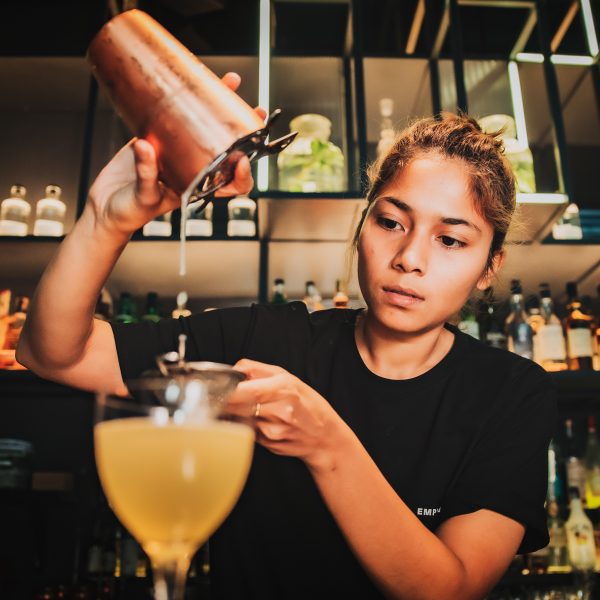Sam Ross: Why classic cocktails and formulas matter
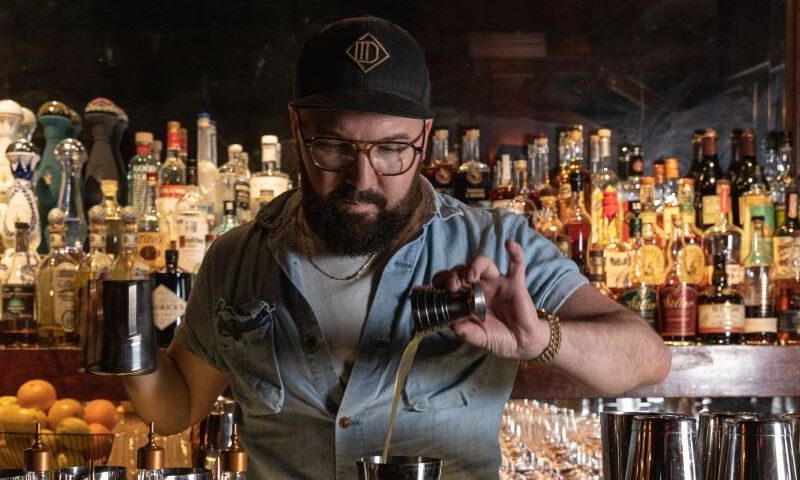
From beginning his bartending career as a teenager in Melbourne, to a pivotal opportunity at NYC’s Milk & Honey, Attaboy’s Sam Ross exalts the virtues of a strong foundation when it comes to drinks making
When I first started bartending in Melbourne as a brash teenager, I felt like I had a natural style and rhythm behind the bar. I loved this new-found attention and I played to it; I was a slave to it. I quickly worked out that I could get even more attention from putting weird things into my cocktails and lighting things on fire. Squid ink was utilised, along with fresh sage, coriander and basil. But there was no foundation for any of this.
All of our drinks at Ginger tasted great (in my opinion) but there was no consistency between them, no underlying principles that linked them together. They were just a bunch of recipes that were tweaked and added to enough that they balanced out and tasted good. But could you identify each nuance and ingredient in each drink? Certainly not. It was slightly out of control chaos but in frozen glass form.
My opinion changed when I walked into Milk & Honey. Everything about that experience changed me.
I didn’t know of Milk & Honey, Sasha Petraske or Michael McIlroy when I moved to NYC in the spring of 2004 as a cocky little 21-year-old with ridiculous hair. I actually wasn’t very impressed with the cocktail scene when I first arrived either. Yelp didn’t exist, neither did World’s 50 Best Bars or any accessible list of the city’s top cocktail bars.
In my limited experience, the cocktail bar scene in London and Australia was quite a bit more advanced than NYC’s at that time. But that opinion changed when I walked into Milk & Honey. Everything about that experience changed me. Walking through the heavy velvet curtain and into a candlelit den with jazz lightly playing and the heavy ka-chunk-ka-chunk sound of a Daisy being shaken on one solid block of ice transformed me.
After initially being denied a seat as I was reservation-less, I came back half an hour later when I received the phone call. I sat at the bar and watched in awe. The cocktails seemed so simple but the attention to detail and methods of preparation were mesmerising. I needed to work here.

My experience and skill set didn’t count for shit. I had to consume everything that this bar embodied. I enquired about a job after I spent more money than I had on two drinks and by chance, Sasha himself picked up the phone the next day when I called. We agreed to lunch and even though he forgot about the meeting initially, he met me, a little late, and we chatted over French dip sandwiches and drip coffee for nearly three hours – in which time I convinced him to hire me.
Over the next few years, I learned from a slew of older bartenders that had been helping Sasha tighten up everything about drink making, from refining old recipes to tightening up orders of operation. We all had one goal: to make drinks as fast as possible whilst never compromising the end quality of the drink.
Maximum chill and optimum dilution were paramount. I asked a lot of questions from these incredibly talented bartenders. I probably annoyed them with my eagerness. In fact, fuck it, I hope I annoyed them with my eagerness.
My experience and skill set didn’t count for shit. I had to consume everything that this bar embodied.
The underlying theme with the drink-making process, though, was simplicity. The cocktails we were making for the world were so simple but so delicious. Three to five ingredients were used at most (bitters, egg white or club soda were usually not counted as an ingredient). They were all based on classic recipes from cocktail books we had found on eBay and in second hand bookstores.
We compiled everything into a few categories: Sours, Collins, Gimlets, Rickeys, Manhattans, Martinis, Old Fashioneds, Flip/Dessert. Each category had an underlying formula that applied to 95% of the drinks in that category. The mission for new bartenders was to learn those formulas. Learn how to identify which category new drinks could be assigned and be consistent about the recipes. It gave great insight into how to prepare the drink during the crunch of service if your fellow bartender asked for a spec refresh. It also made learning the 100s of cocktails a lot more manageable when there were consistent and underlying formulas.

Sasha didn’t love new drink creation. He believed that there were enough old drinks to learn without the need for the creation of new ones. But he grumpily would try whatever we were working on and critiqued the hell out of them. Man, he was tough! He also didn’t like a lot of the more popular drink styles that the modern bartender pushes these days, particularly bitter and smokey. Nope, he was not a fan of the Penicillin or the Paper Plane. He once famously told McIlroy that his Thumbs Up cocktail had too much Angostura in it (there was no Angostura in it).
But each new drink needed to fit into this mould. Could it be assigned into one of these categories? Did the formula match other drinks in this category? Would you order another one directly after? Does each ingredient stand out and have an important place in the drink? Were there other, better drinks that fulfilled this request in said category? If you answered no to any of the first four questions, the drink was scrapped and it was back to the drawing board.
If you want these drinks to be replicated at homes and bars around the world, keep it simple!
These are still principles we live by at Attaboy and any other affiliated properties. And, let me tell you, we have not exhausted all of the possibilities available to us. With a constant plethora of new ingredients coming to market every month, there are constant opportunities for new drink creation that still adhere to these principles. I’m still doing it 20 years later and so are the very talented members of our teams in both Nashville and NYC.
If you want these drinks to be replicated at homes and bars around the world, keep it simple! As much as we all love interesting infusions, rotovapped ingredients and milk washed everything, if you want your creations to be spread and recreated everywhere, use readily available syrups, ingredients and spirits. Emphasise technique, ice, chilled glassware and high-quality ingredients and make sure you’ve mastered the above formulas. All drinks can be based and built off of these, even the weird ones with squid ink in them.

